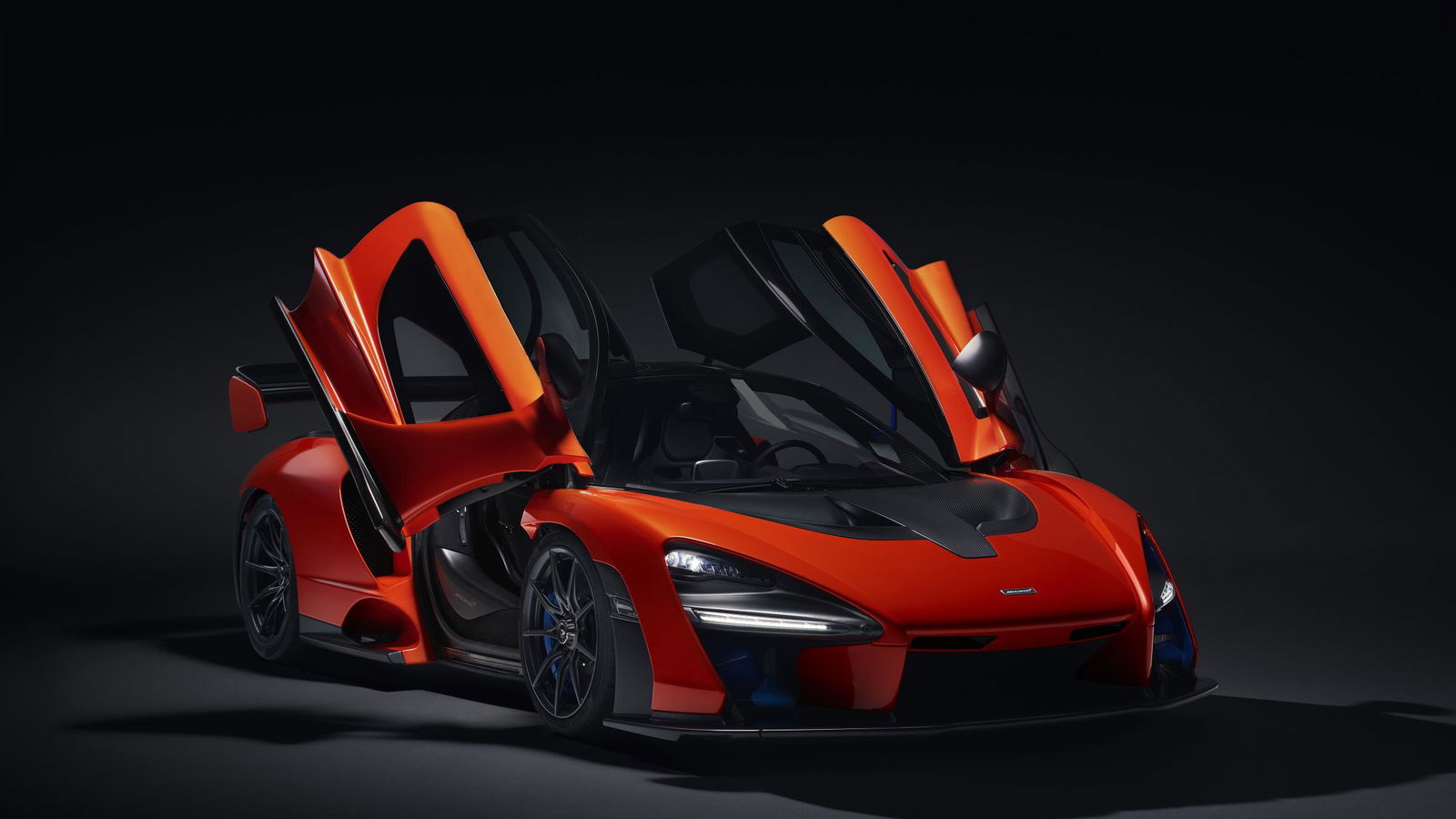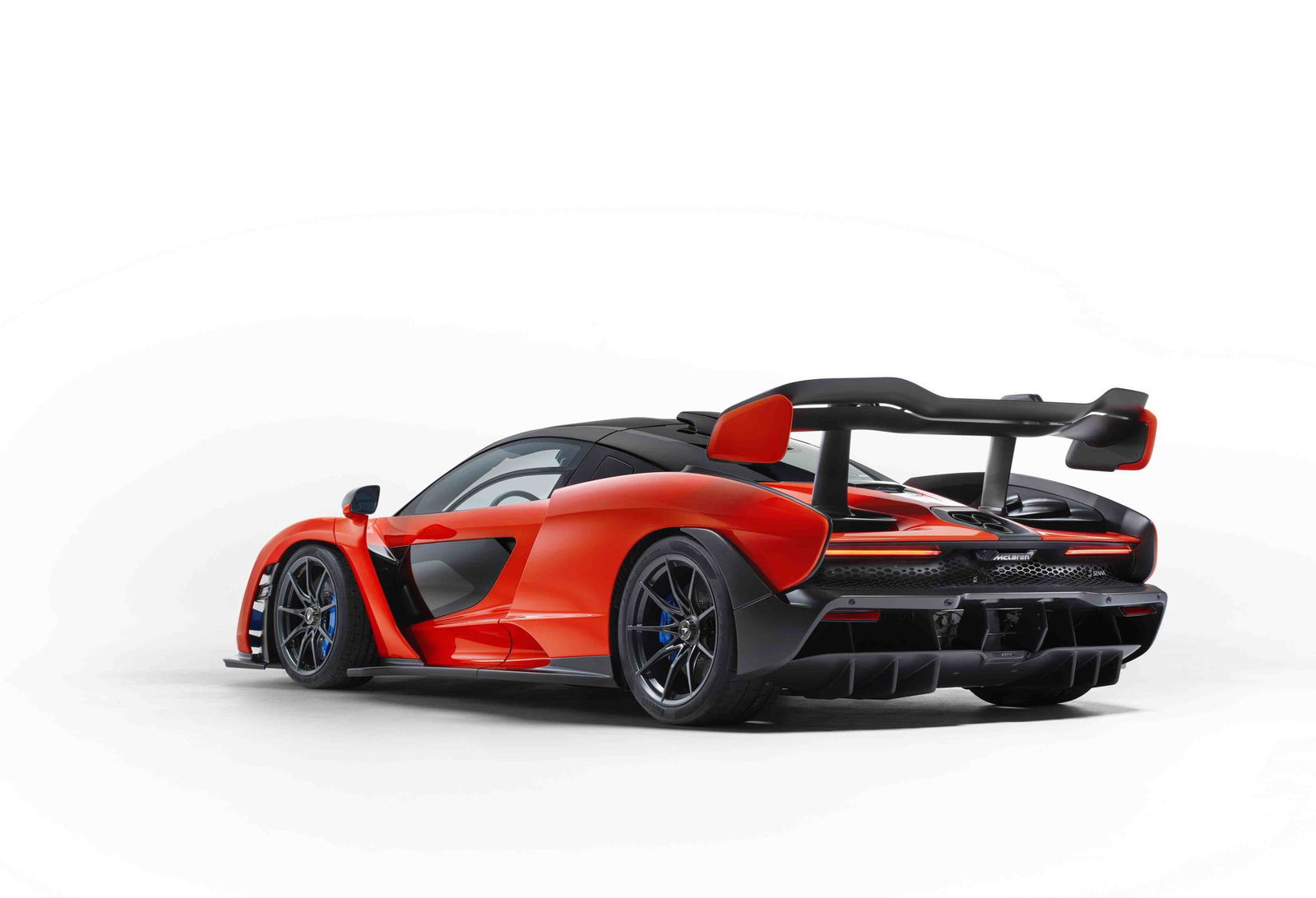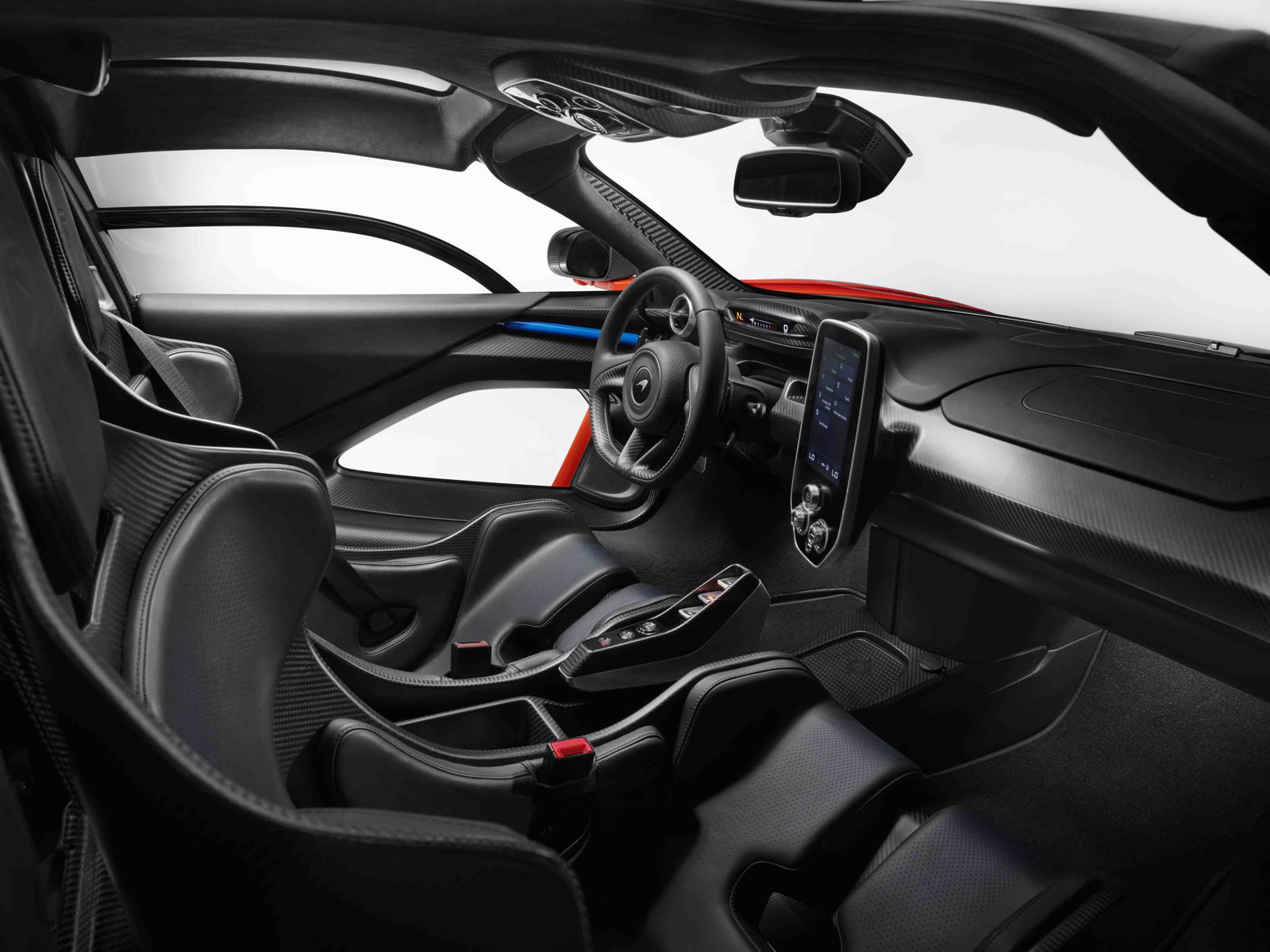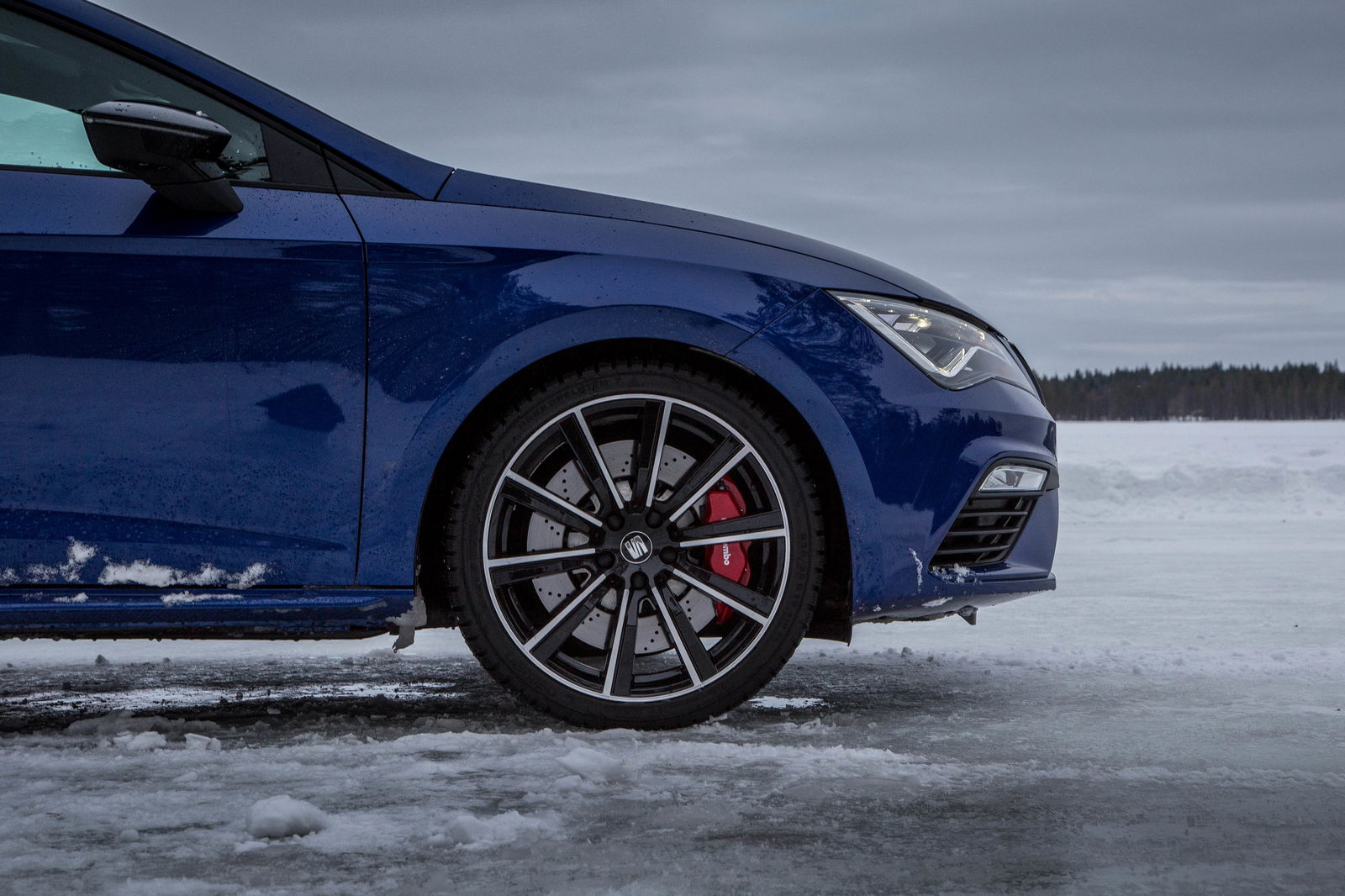The 789bhp McLaren Senna Doesn't Give A Damn About Anything Other Than Lap Times

The latest car in McLaren’s Ultimate Series is here, and yes, it is a rather challenging thing in the aesthetics department. It’s called the Senna - named after you know who - and we haven’t seen function surpass form quite so dramatically in a supercar since the Gumpert Apollo. The result is a road-legal, track-focused car that looks downright weird from some angles.
It’s all - as you’d expect - down to aerodynamics and cooling. As McLaren puts it, “you cannot follow a single line from the front to the rear without it passing through a functional air intake or vent.”

The front end is dominated by a gigantic splitter and ‘aero blades’, while at the back you’ll find a double diffuser - the thing that was banned from F1 a few years back - and an active rear wing. But this is a littler cleverer than your usual active wing that changes position for a certain mode and/or speed: it adjusts constantly, and also acts as an air brake. It’s huge too, with the dual-element, hydraulically-actuated unit having 6500cm2 of surface area.
Then there’s the rear clamshell. See those “stepped louvres” on the rear deck? These work together with a set of gurney flaps just ahead, with a low pressure area sucking hot air out of the radiators, and the louvres making sure the resulting airflow doesn’t muck up the efficiency of the rear wing.

Mounted in the middle you’ll find the most powerful McLaren road car engine ever. It displaces 4.0 litres, kicks out 789bhp and 590lb ft, and has just 1198kg of car to punt around. That last figure - by the way - makes this the lightest McLaren road car since the legendary F1.
The car is built around McLaren’s carbonfibre ‘MonoCage III’ tub, and the bodywork is predominantly made from carbonfibre. The doors are particularly interesting, as they each have optional glass sections above and below the ‘regular’ window. The top bit of glass - which forms part of the roof when the door is closed - is available as it “enhances the sense of space inside the cockpit” while the lower part “dramatically reinforces the visual connection between driver and track environment.”

The Senna has “race-derived” double-wishbone suspension, plus McLaren’s RaceActive Chassis Control II hydraulically-linked dampers. This system negates the need for a regular, mechanical anti-roll bar, and also features two valves for each damper to allow independent adjustment of compression and rebound.
In the cabin there’s an absence of, well…pretty much anything. Partly to reduce weight, and partly to reduce distractions for the driver: you’ll notice there aren’t any buttons on the steering wheel, for instance. The sills meanwhile have been kept deliberately low to make ingress and egress easy, even if you’re wearing a full race suit and helmet.
Tempted? Tough, you can’t have one. Not just because each costs £750,000: McLaren is only building 500, and each and every one is spoken for.


Comments
I love the way it looks!
Incredible car, but I’m not a fan of the big display. Doesn’t that add unnecessary weight?
nurburgring record ?
honestly you might as well say it is a spaceship at this point
It looks like a bad chinese rip off of the 720s
Mclaren’s main source of inspiration for the styling
Looks great, but that rear view kinda reminds me of this
1 this thing is gorgious
2 #ayrtonsennalife
3 why does the front look like a mutated gumpert apollo s?
Finally! A McLaren with an actual name!
It’s actually beautiful!
Pagination